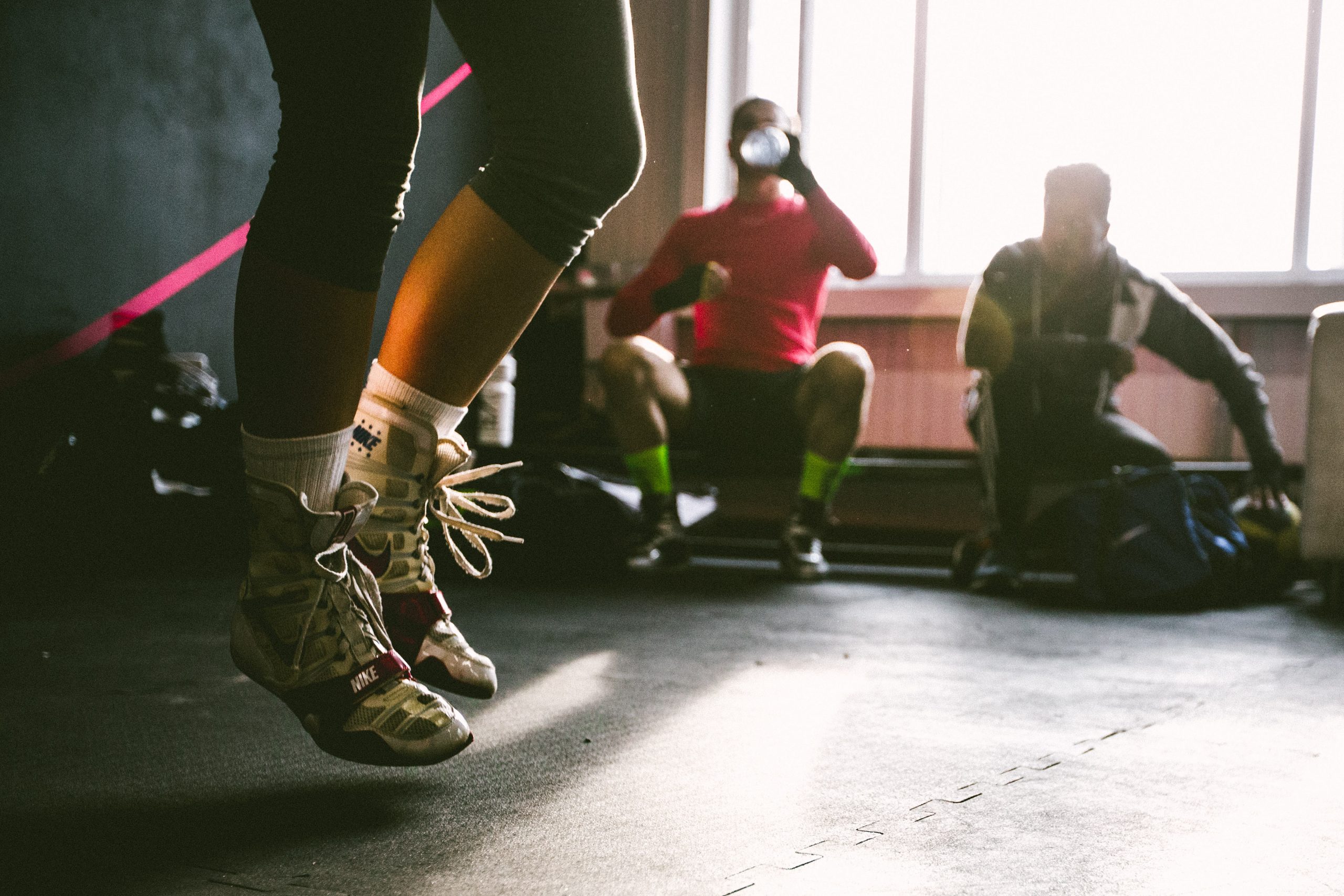Healthy, sustainable food production methods give us food that is nutritionally better and with fewer pesticides, antibiotics, and hormones.”
Marion Nestle
Agricultural growers, whether flowers, fruits, vegetables, or cannabis lean on the quality of their yield. In the past few decades, using pesticides and fungicides to protect harvest numbers were the methods of choice. But it’s 2023, and we have better technology, strategies, and science to protect our crops without contaminating the product that the shopper consumes. The way we look at it at Safety Net is you have two options: to be reactive or to be proactive.
Prioritizing the environment where plants are grown can ensure a healthy and sustainable crop, while also reducing the risk of contamination for consumers. Focusing on preventing germs, bacteria, molds, and fungus from spreading in the first place, growers can establish a proactive approach that can help prevent cross-contamination and avoid larger problems down the road.
Safety Net’s enhanced Bio-Security Program embodies the proactive mindset by tackling pathogens at the source through various technologies and methodologies that can cross pollinate from the rigorously regulated hospital industry into the realm of agriculture.
Beyond Cleaning & Disinfecting
Cleaning, disinfection, and protection practices within a growing facility are critical for numerous reasons and having a protocol in place for proper remediation goes a long way. But these basic practices are not enough for an environment that needs to grow healthy plants and produce. Mold, mildew, and fungus are common threats, along with harmful bacteria and pathogens, and these threats come in from all angles.
At Safety Net, we recommend what we call the 5 Pillar Approach to Enhanced Bio-Security, which goes well beyond the traditional cleaning and disinfecting methods. Our roots are in the hospital and healthcare sector and the 5 standards of infection control are a great basis for any organization looking to clean up their act. But, our approach to agricultural bio-security ensures a level of decontamination that negates the need for spraying plants directly with fungicides, pesticides, and other products that have potential health effects on consumers.
The 5 Pillars
- Personnel Compliance – just as germs and viruses travel from person to person, anyone who enters your facility is an opportunity for cross-contamination in a cannabis facility or growing environment. The staff themselves can unwittingly carry contaminants into the facility on the clothes they wear and even on the electronic devices they use.
- Surface Disinfection – keeping surfaces clean is critically important, but using harsh chemicals may not be the healthiest approach. SafetyNet’s AquaOx™️ 112 cleaner, AquaOx™️ 525 disinfectant not only cleans and disinfects surfaces but our Biotrexx 247™️ antimicrobial protectant also attracts and destroys pathogens on contact.
- Air Purification – the pandemic has made it abundantly clear how vital air purification is in all indoor facilities. Airborne particulates and contaminants can recirculate through the HVAC and air handling systems. Using our Biotrexx™️ 247 to coat filters helps to capture and destroy germs and viruses rather than just capture. Our Element Air™ technology that utilizes high-intensity UV light targeted on a catalyst to create airborne gaseous hydrogen peroxide provides active microbial and odor mitigation. For larger facilities, our BP-3131 kills pathogens moving through the HVAC System at 2000 CFM in a split second and provides a 99.9995 pathogen reduction.
- Water Purification – just as we do not want to drink contaminants in our water, neither do plants. SafetyNet ‘s full line of water purification products provides a complete cleaning and disinfection process and is a systematic method for environmental cleaning and disinfecting that aims at reducing harm to human health and the environment while improving the hygiene of a facilities environment.
- Tools For the Task – no job is done efficiently without the proper equipment and the most important part is how products are applied so they can be the most effective in reducing pathogens. Our line of ESS electrostatic sprayers provides the best electrostatic charge and consistent droplet size for superior coverage and highest pathogen reduction.
Consumer Awareness
Modern day consumers are becoming increasingly aware of the potential health risks associated with consuming food products that have been exposed to harmful pathogens. According to a report by the World Health Organization, foodborne diseases are a major public health problem worldwide, causing an estimated 600 million cases of illness and 420,000 deaths each year. The report also highlights the fact that unsafe food can lead to a wide range of health problems, including diarrheal diseases, viral infections, and even cancer. Given the severity of these health risks, it is essential for growers and farmers to prioritize infection prevention in their environment.
By prioritizing infection prevention in the environment, growers and farmers can help to reassure consumers that their products are safe and healthy.
Science Says, “Be Proactive.”
Research has also shown that taking a proactive approach to pathogen prevention can have significant benefits for crop yield and quality. For example, a study found on Springer found that implementing a proactive infection prevention program led to a 50% reduction in disease incidence in greenhouse-grown tomatoes. The study also found that the program resulted in a 29% increase in yield compared to the control group. These findings suggest that prioritizing infection prevention in the environment can not only protect consumer health but also benefit growers and farmers by improving crop yield and quality.
In addition to the health and economic benefits, prioritizing infection prevention in the environment can also have positive environmental impacts. The use of pesticides and fungicides can have detrimental effects on soil quality, water quality, and overall ecosystem health. By adopting a proactive approach to infection prevention, growers and farmers can reduce their reliance on these harmful chemicals, promoting a more sustainable and environmentally friendly agricultural system.
Let’s be proactive, not reactive, or as we like to say, “Protect Your Environment and Your Environment Will Protect You”.
About the Author
Robert Hasselfeld is an entrepreneur, consultant, and freelance writer for Safety Net.


